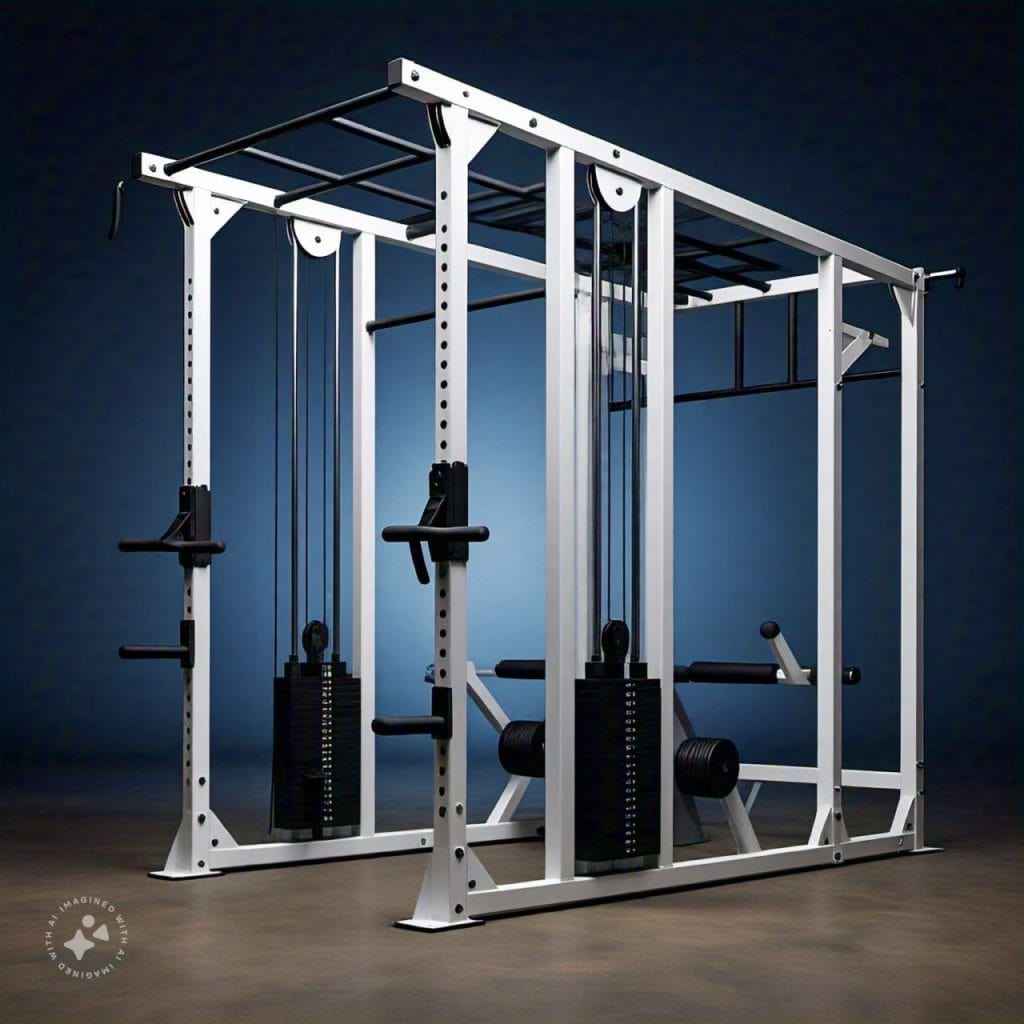Table of Contents
ToggleAn Overview
The digital era places unprecedented importance on technology and hardware, be it a smartphone, computer or any other electronic gadget. Ranging from central processing units (CPUs )to memory storage, every sector is adapting cutting edge innovations. In this piece, we will concentrate on the components and hardware, their functions and latest breakthroughs which are Nanotechnology and Artificial Intelligence.
What is Hardware?
Hardware is a functional part of a computer or any electronic gadget. Unlike software that consists of programs, applications and operating systems, a computer’s hardware include a processor, main memory, storage drives and peripheral devices such as a mouse and printer. These components carry out instructions and embedded data to make something function or process appropriately. Get More Info: teracota
Essential Components of Hardware
1. Central Processing Unit (CPU)
The CPU is often called the brain of the computer as it is responsible for executing the commands of the programs by performing both calculations or logical operations. Modern CPUs enabled with multi-core technology can now perform many tasks at the same time which increases the efficiency and performance.
2. Motherboard
The motherboard nicknamed the heart of the computer because it interconnects all parts of the hardware together. The CPU, the memory modules, expansion cards, and input-output ports are located in the motherboard. In essence, a good motherboard allows all components of a computer to function and work efficiently.
3. Random Access Memory (RAM)
This is a type of a computer’s volatile memory which stores data and commands that need to be accessed quickly. Systems with greater RAM capacity have a better permeability of multitasking and working with greater loads.
4. Storage Devices
There are two primary types of storage devices:
- Solid State Drives (SSD): These are new generation, faster, and more reliable empty cell storage devices with no moving parts which dramatically increase system performance.
- Hard Disk Drives (HDD): These are older mechanical devices used for storage of large volumes of information but have a slower performance.
5. Graphics Processing Unit (GPU)
The GPU’s primary function is to render images and videos and animations. Included in the modern day’s computer gaming, video editing and such artificial intelligence applications as A.I. Modern GPU’s are specially designed use fast architecture that helps enhance visual performance as well as the computing workload.
6. Power Supply Unit (PSU)
The PSU is the box located on the bottom section of a computer casing to which all the power cables from the motherboard and other components are connected. When an outlet receives electrical power, the PSU takes it and transforms it into energy that can be used by computers. Using a PSU that has a high efficiency will guarantee relayed power does not fail and prevents damaging the hardware parts.
7. Input and Output Devices
- Input: Keyboards, Mice, scanners and Microphones are peripherals which allow a user to operate a computer system.
- Output: Monitors, Printers, Speakers are peripheral devices that are used for output in the computer system.
Functions of Hardware
Hardware components work together to execute various functions:
- Processing Data: CPUs process input data and execute commands.
- Storing Information: RAM and storage devices retain temporary and permanent data.
- Rendering Graphics: GPUs process visual content for display.
- Powering Devices: The PSU supplies necessary energy to all components.
- Engaging with Devices: External devices can interact with the system through the USB ports, audio jacks, and network adapters.
New Developments in Hardware
1. Artificial Intelligence (AI) Integration
Integrating Artificial Intelligence (AI) AI took a step further in assisting voice recognition, image editing, and even analyzing data through the development of AI-powered processors aimed at modern hardware AI fusion smart applications along with improved machine learning enhancements
2. Quantum Computing
Quantum Computing The implementation of quantum computers moves one step further with the capability of performing complex calculations at previously unheard of speeds through the use of quantum bits termed as qubits. Even though it remains an experimental technology, it stands to reason that it could completely transform cryptography, data science, and scientific inquiry.
3. 5G-Enabled Hardware
Hardware Supporting 5G The introduction of the fifth generation of mobile communication networks resulted in not only more reliable but faster internet as well. The capability of smartphones and network devices receiving 5G enable edges to connect increases the speed for data and enables better connectivity.
4. Edge Computing
Edge Computing There is movement of processing toward the origin of the data rather than a centralised cloud server. This phenomena known as edge computing reduces latency, increase real time processing and improves the overall functioning of Internet of Things (IoT) devices.
5. Sustainable Hardware
Eco-friendly Hardware Rising concern for the environment have driven manufactures to focus on eco-friendly hardware solutions. There is now a shift towards energy efficient components, recyclable materials, and reduced electronic waste becoming priorities in hardware development
Conclusion
Up-to-date understanding of hardware has shifted within the evolving world of modern computing and electronics. Advancements in hardware components such as the CPU, GPU, AI, and even quantum computing are constantly integrating and evolving. Keeping track of the latest hardware changes ensures best performance and facilitates a more robust digital ecosystem. Ultimately, as technology grows, hardware will always remain the center of innovation.





